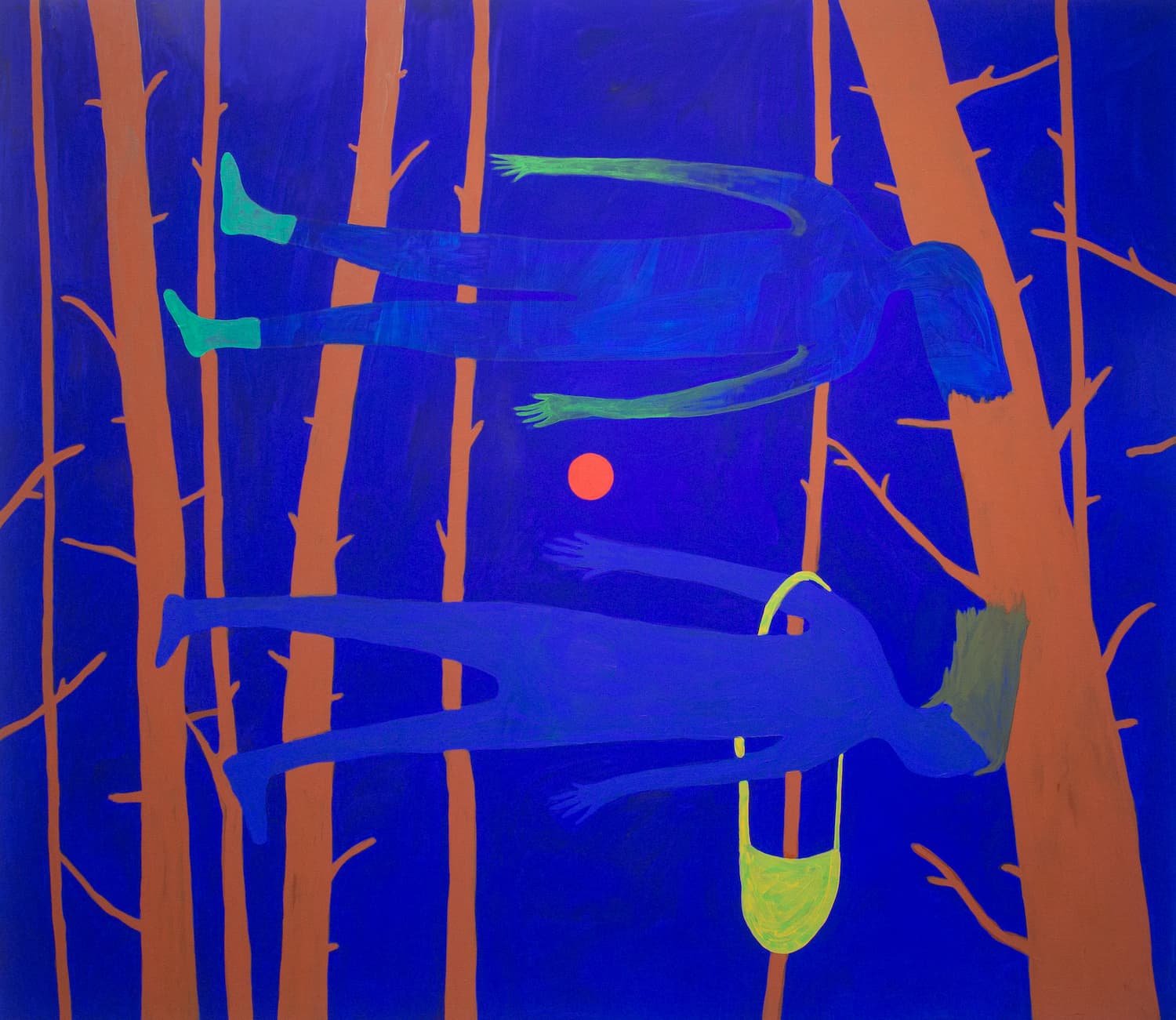ArtistsJessica Parker FoleyandAlex McClayjoin us from Cincinnati, Ohio, and Cleveland, Mississippi, to discuss their mesmerizing artistic practice. Recently shown at theSPRING/BREAKshow in New York, the two artists withAbigail Ogilvy Gallerymade an impactful impression on visitors to their space. Trained in their craft and education, the two artists displayed paintings and hand-woven artworks that capture the avant-garde sensibility.Rainspoke to the two artists about their educational journey, the art world, and the inspirations behind their work.
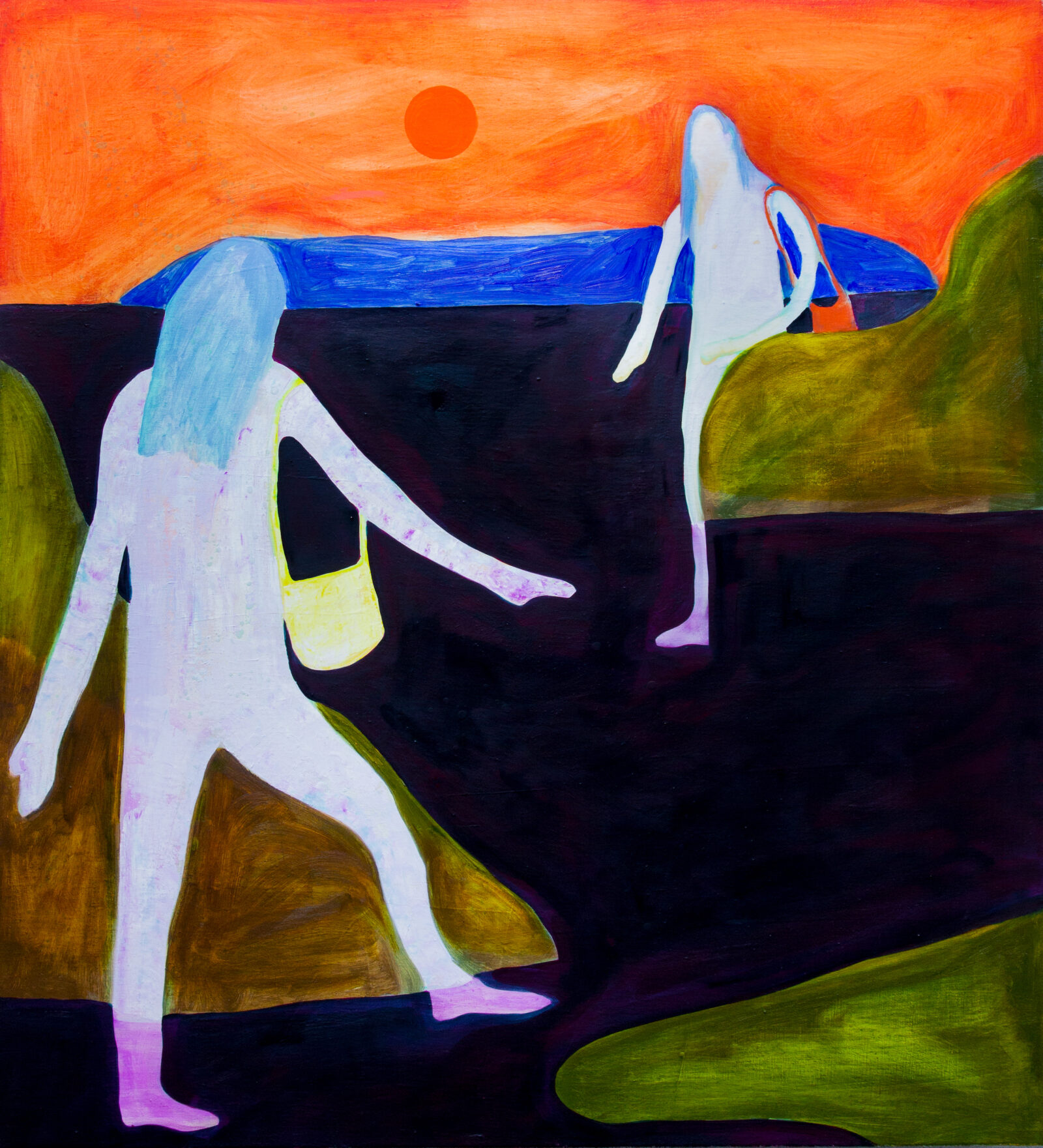
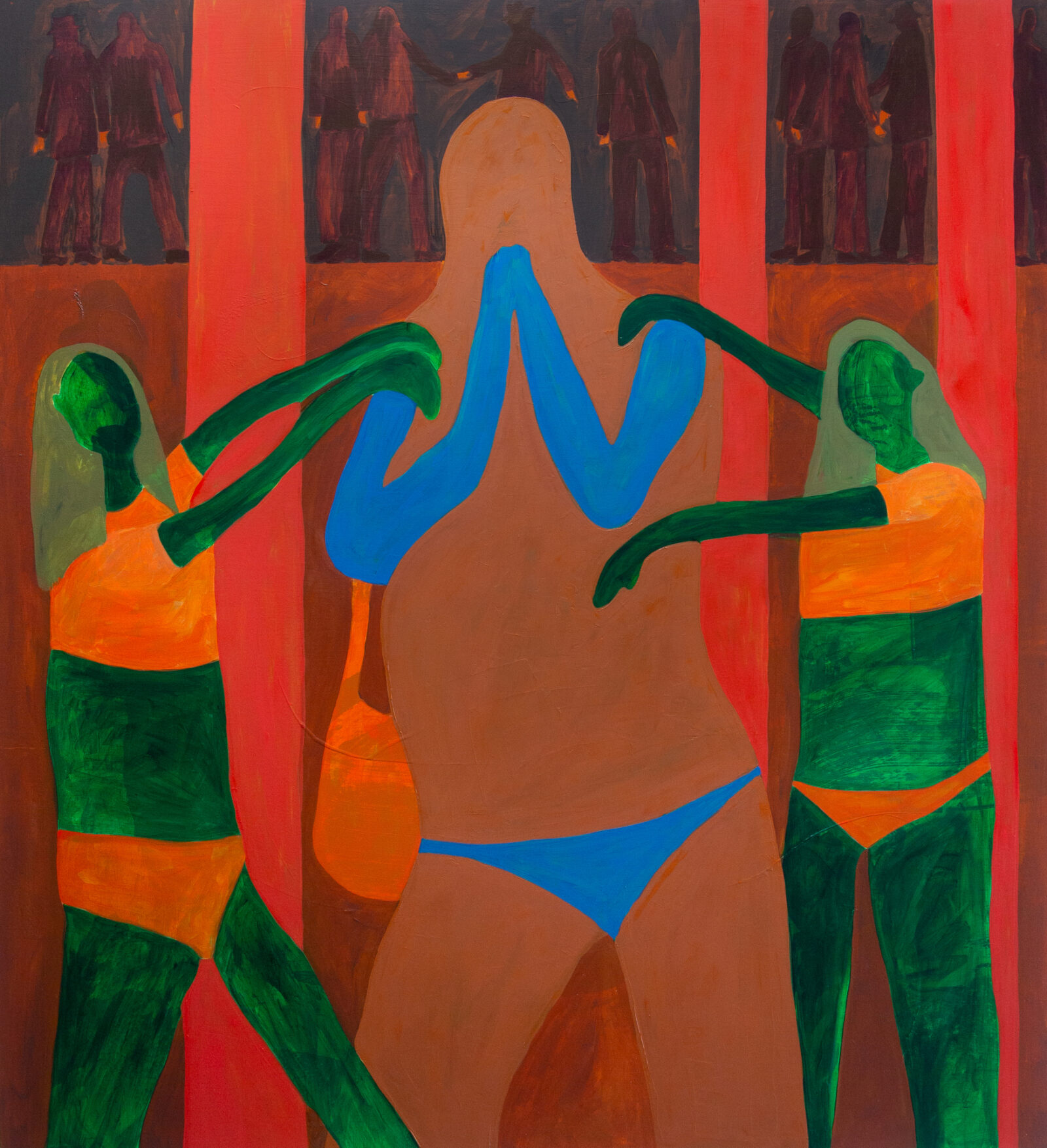
Alex McClay
Some of the most exciting artists I've encountered spent time in various residencies, either here or in Europe. Tell me how you arrived as an artist.
I got into art through photography. I ended up going to school for psychology and realized quickly that I wasn't passionate about it. My friend, who was studying to be a composer, convinced me to go for art since I spent much of my free time doing it.
I leaped and applied to the studio art program at the University of Cincinnati. I found out quickly that the school focuses heavily on conceptual inquiry, so when I finished there, I wanted to improve my craft and build technical skills, which led me to the Core Fellowship at Penland School of Craft in North Carolina. For two years, I lived in the mountains and took classes in book arts, letterpress printing, weaving, paper making, and more.
Right now, I am working on some experimental textiles. To me, these tapestries are like the pages in a book, but translated into something a lot bigger. I want to make objects that take up space and that people will spend time with. I am also expanding past text as a visual language. Sometimes I can lean on it a bit, and it’s very different from Jessica’s work, where they use figures.
I just taught a protest poster class here in Cincinnati at a community press called Tiger Lily Press, where I am currently the Artist in Residence. I'm also teaching printmaking at the University of Cincinnati now. Education is a massive part of my practice. I am figuring out ways to combine teaching, doing demos, and having these conversations with students – all with my studio practice at home. I'm striving to help those feed off each other. It's interesting because as much as my job is printmaking, I like to come home when I have downtime and work on weaving, which is different from printmaking.
I printed these phrases first and developed them on the page with letterpress type. I thought, 'okay, this looks good.' And now I'm making them into the tapestry. So, it's two variations of the same concept, but this is a deluxe version. The prints are something smaller people can take home. I like to spend a month making three tapestries.
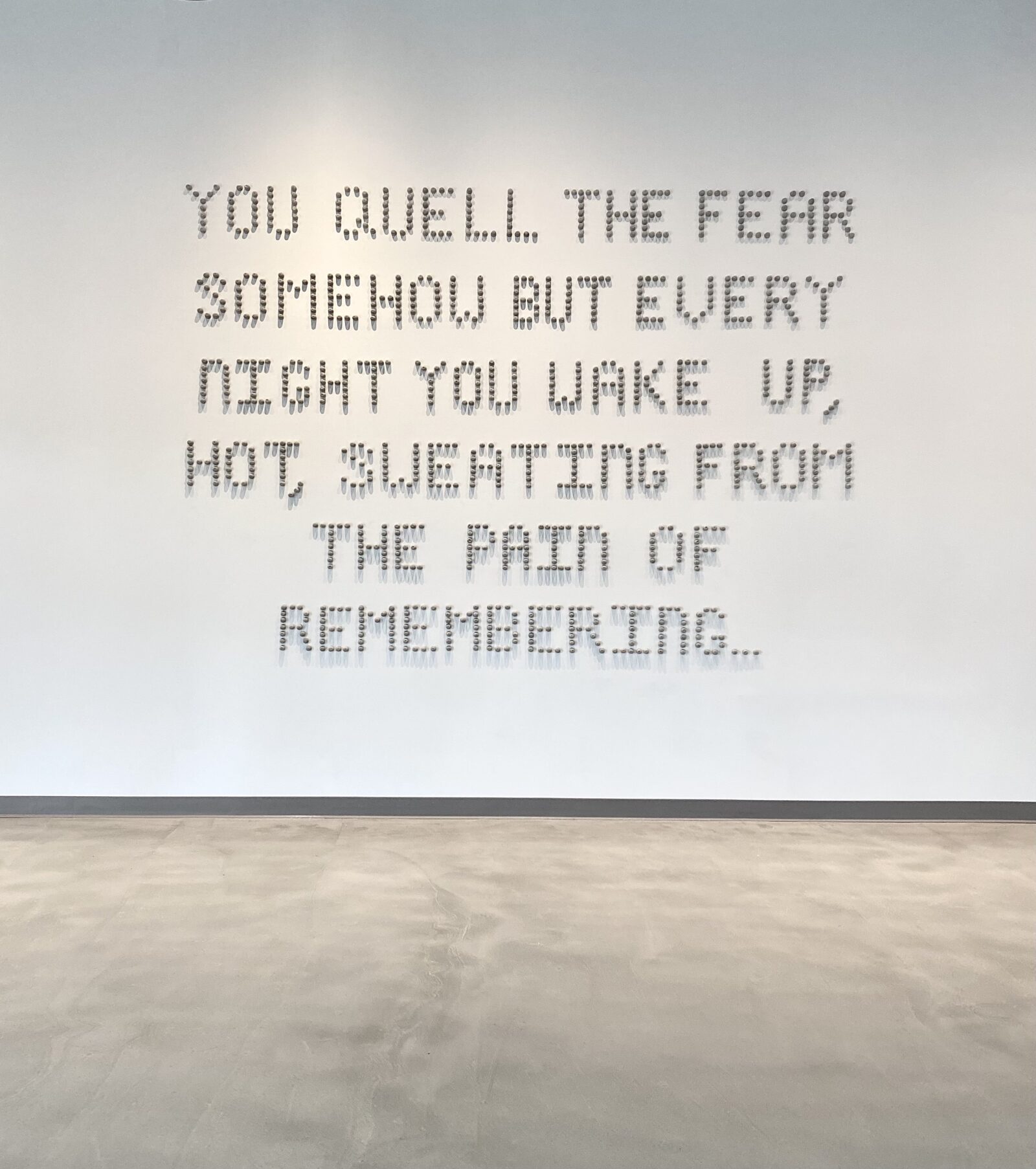
Do you look to artists like Jenny Holzer?
Jenny Holzer is a huge inspiration, for sure. I draw inspiration from other text-based visual artists like Barbara Kruger, Adrian Piper, and non-text-based people. Tracey Emin has been an enormous influence on me, but also on Anna Mendieta. She has done super-powerful work that I've drawn inspiration.
I like reading. Jessica and I realized that we were inspired by the same writer, Carmen Maria Machado, who wrote: "In the Dream House." We learned the first day we installed our show that it was a book and writer we both drew inspiration from. Printmakers inspire me. In the book arts, there's a lot of writing that happens. There's a wealth of history and cool things people are doing now.
It is a rebellious act to do these works by hand.
We get so much information from social media and the text on our phones. Not even from actual news sources but from Instagram. We're confined to however many characters are supposed to be in a tweet.
Usually, we are in our house, slumped over our computer or phone, versus being in a gallery space versus reading a book. Spending so much time writing out three or two words seems silly. The form and content make people think more and exist in space while viewing work.
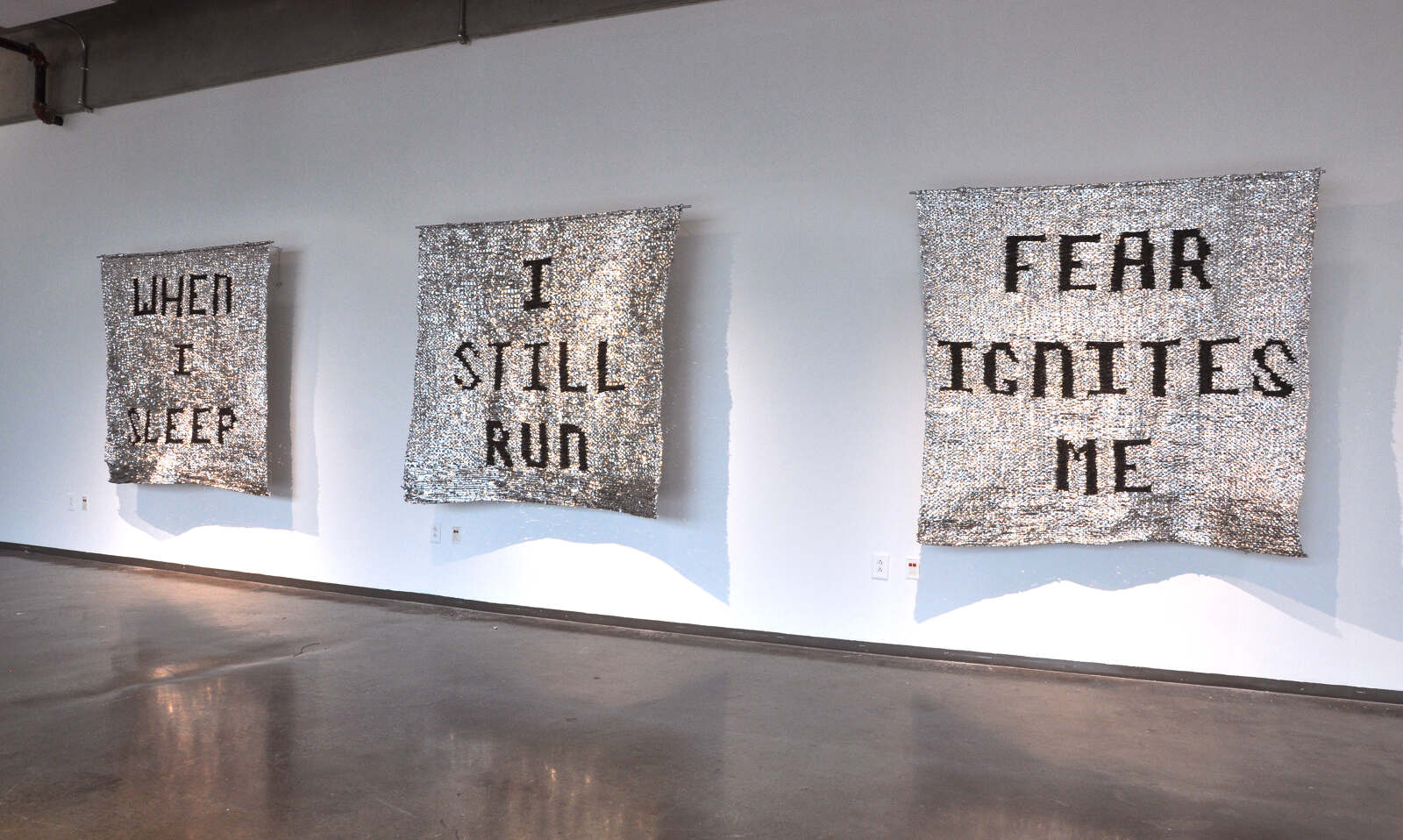
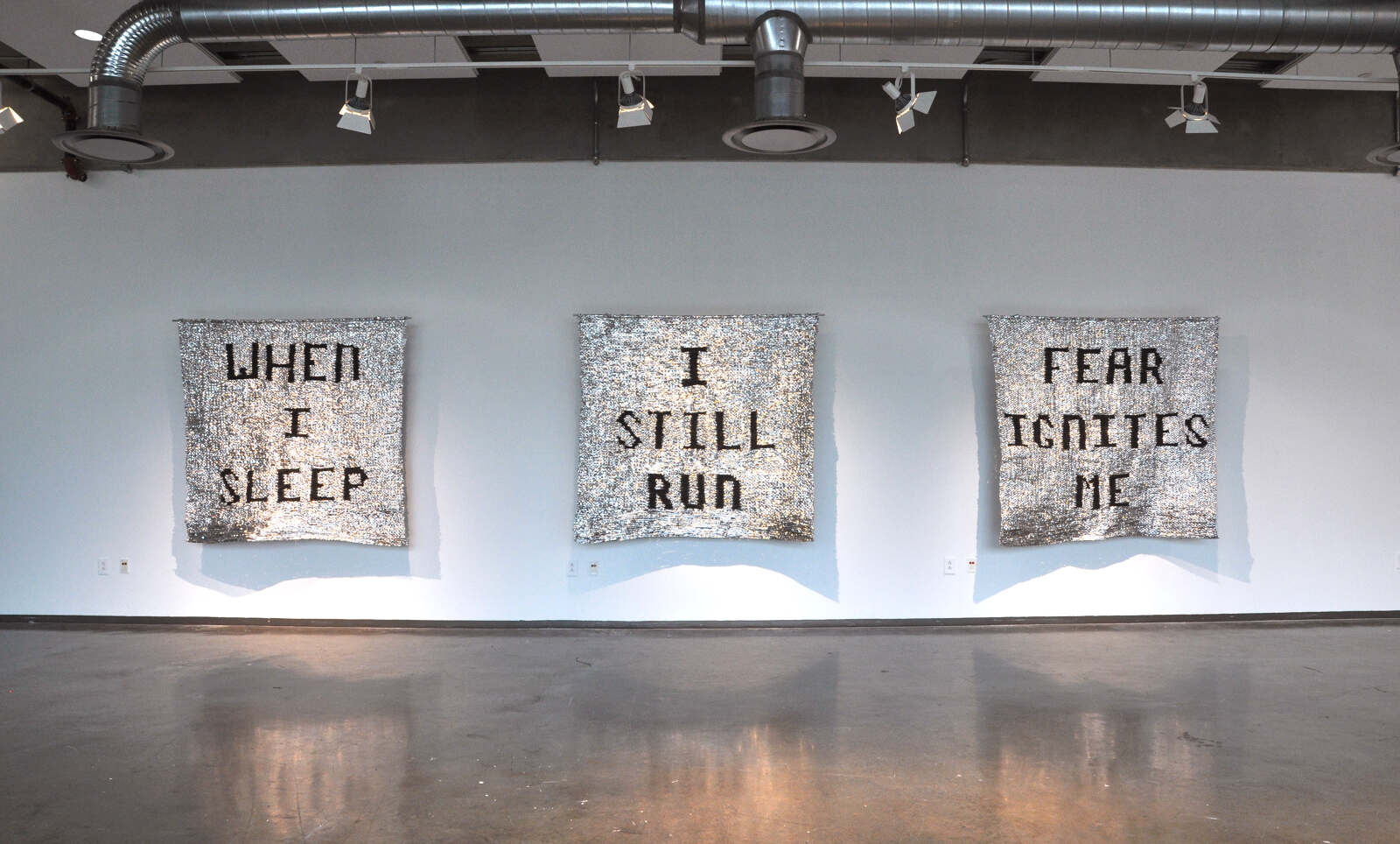
The works that I saw were fire blankets.
I also use a lot of survey tapes. It comes in these rolls and is pink to mark or like measure land. So if someone comes out to measure the property, they'll use pink tape. Orange is for hazards, but it's an It's an interestingthing that we are arbitrarily drawing boundaries.
As humans, we have done this weird thing to land. It's about where we are in space and who owns that space. I am interested in experimenting with different materials and what meanings they can take on.
Do you have upcoming projects or dream projects?
I have a show coming up in December. It's at Appalachian Center for Craft in Tennessee. It's a two-person show with one of my friends and colleagues; her name is Eleanor Anderson. We both make textiles. That is something I'm working hard towards.
We have ample space to fill, so I have to do a lot of work. I want to show new work. That would be an ambition, a dream to show an entirely new body of work that has yet to be shown. I've been showing my work from grad school a lot, and I would like to show some new stuff.
Jessica Parker Foley
Where are you located, Jessica?
I'm in a residency in Cleveland, Mississippi. It's in the Delta. It's very flat and hot. Right now the last of the cotton crop is being baled, and pecans are being harvested.
Is this an artist residency?
Yeah, it's called Jx Farms. A friend of mine founded it from my cohort in grad school. So, it's his family farm. There are a couple of folks that are artists that live here full-time. It's an exciting spot.
Jessica, what was your journey into art?
I have always been a painter. But because I went to an environmental college for undergrad, the culture in an MFA program was a bit of a culture shock. I had an independent practice from a young age. When I was 10, my parents were like, 'okay, well, you've trashed your bedroom.' We'll give you a studio in the basement because it was just covered in paint. It's just something I've always done. I was into the natural world, travel, and science for school. I took a lot of science classes and tried to get opportunities that involved traveling and studying nature.
Iwouldn't say I liked art class. I didn't like rules and wasn't interested in the foundation requirements, like shading exercises and assignments. So, I taught environmental education and science for several years after undergrad. I was a pragmatic kid, and a job in academia or teaching made more sense and focused more on the community and people.
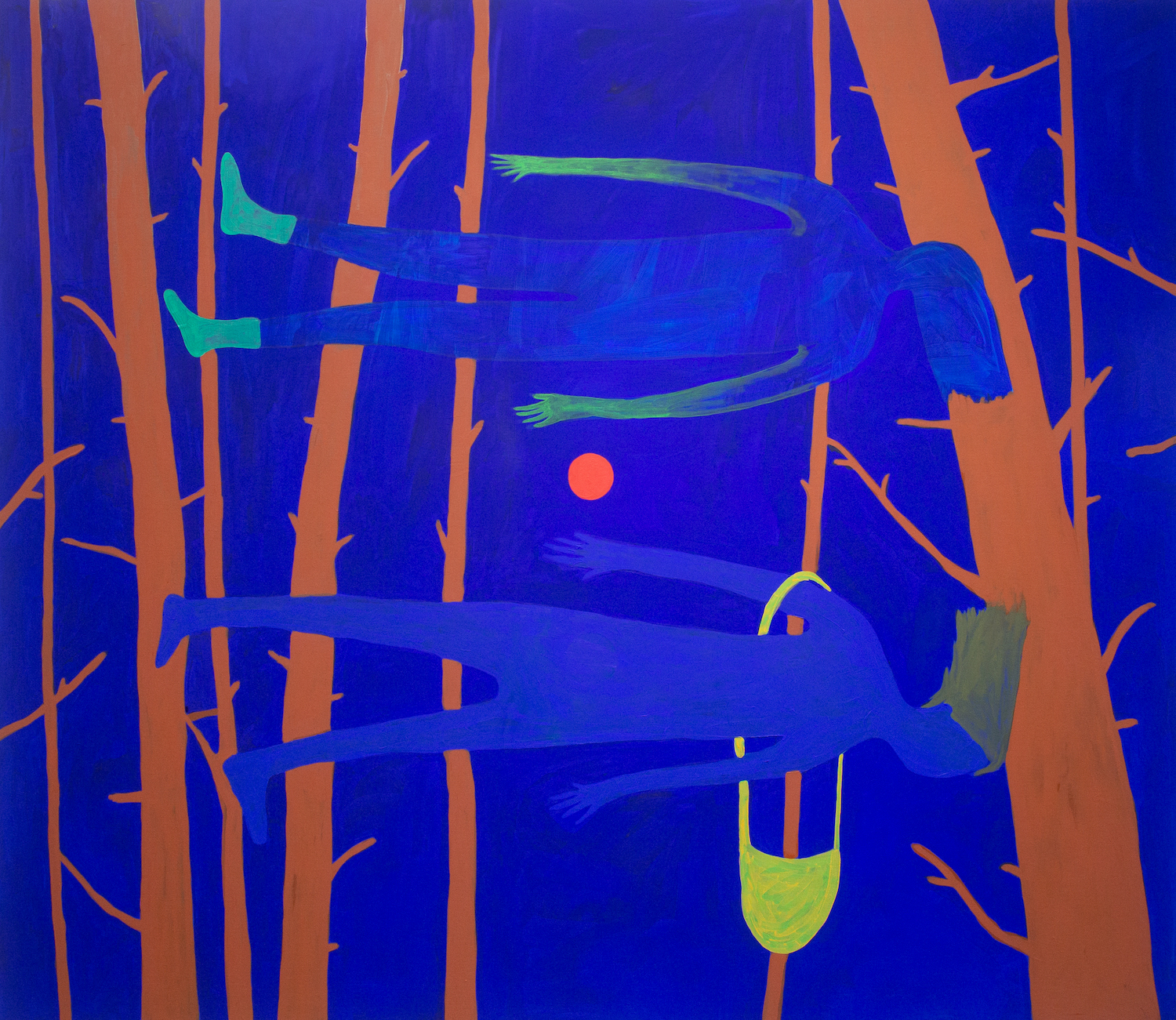
Your painting to me feels fresh. Have you spent time with conceptual or contemporary art?
I have, but only in the last few years. I think it feels like that because I'm coming from a different perspective, having spent a lot of time working on natural history journals, plein air painting, and illustrations. I think a lot of the figurative painters working today have a more traditional background with technical training.
A lot of contemporary radical painters 15 years ago wanted to paint figuratively. And people were like, 'I don't know about that.' Those painters are now top-rated, and there is a lot of good figurative painting right now. I'm a landscape painter who now has figures, which is a different perspective than the whole crop of figurative painters occupying space.
How long is your residency?
This is a two-week program. It's an exciting part of the United States. I have yet to spend a lot of time here. It's nice to experience a whole new landscape.
Before it washes away. I heard it's the opposite now. Is Mississippi in a drought?
There's an extended drought now, but it's gotta break at some point. They're saying this is the lowest the Mississippi River has ever been. It's shallow. I got to see the river for the first time while I was here last week. I went down very low and got a bunch of interesting rocks. I found some fossils. People are talking about pulling out Macedon teeth and stuff. All these fossils coming up.
How did you like the New York art show,Spring Break?
It was a whirlwind. When I got home, I thought that it was a dream. That's how I would describe it. We met so many people. Meeting Alex was great because we didn't know each other before that experience. That was cool.
People would come into our booth and tell us things about themselves. Some stories related to our booth. People were telling us they felt moved and that they could be vulnerable.
Alex and my work are both very vulnerable. So something about the combination of seeing some very intense imagery. There's space for the viewer. I don't feel a need to have complete control over the narrative in my paintings. My work comes from my own specific experiences, but I feel so much joy in hearing how other people see their own experiences mirrored in the work. And I think Alex feels that way, too.
Totally.
Alex McClay: It reminds me of this short but beautiful writing by Raqs Media Collective. It was written a while ago, but it's from the book,How to be an Artist by Night. It discusses how there are nine different parts of being an artist. One of them is unintended consequences and continuous exchange. There are the minor media versus the major media. It reminded me a lot of our experience atSpring Break.
Jessica Parker Foley: Alex and I brought some of our largest, more ambitious work to the fair. My work and Alex's work have opposing energy, which made for an exciting conversation between the work. I hope people respond to it differently. We're both very materially-driven artists.
There's also a lot of blood, sweat, and tears behind the scenes. We didn't know what to expect walking into it. Since we weren't involved in the curation of it, it was like, 'oh, this is magical.' The curators, Kaylee and Abigail, had an idea of what they wanted and spent a lot of time doing mockups. It was brilliant.
It's nice to see artists working with physical materials, taking inspiration from the real world, and putting it back. It's interesting doing that physically because the next gen Z is putting all their best ideas into the 5G, the internet, TikTok, NFT, digital art, whatever. That's the only medium a lot of brilliant minds are working with. Why? Because an artist always needs to reach an audience and it's the easiest way.
I'm obsessed about craft, and it's not the first thing people notice, but it is important to me. We're both very physical craft-based artists. My work is on linen; I'm using custom stretcher bars that are locally sourced wood.
Alex McClay: Something that has driven me to experiment with materials is the money question. One of my students came to me and asked, 'what kind of paper do we need to print on?' Because this week I either get food or art supplies, and I'm like, 'right if that's the issue, you're going to get food.
A lot of people who are content creators realize it doesn't cost much money to make content. It could also be that the phone is a thing that people already have, so it makes the most sense. At this point, the phone is one of those Maslow's triangles of needs.
Jessica Foley Parker: I completely agree with you. It's, it's about intent and care. How you talk about printing is how I feel about sketching or watercolor. On the other hand, paintings all have a different response, experience, and life for the next however many hundreds of years before it gets put in the trash.
It's important to note the different paces of different mediums. Something like a giant oil painting takes me months if you add up the sketches, the studies, and the stretching. It's a slower, more prolonged, more extended conversation. It's like a film, a lot goes into it, and you don't start by writing a novel. You start by writing a short story. It's hard to function at that level right away.
